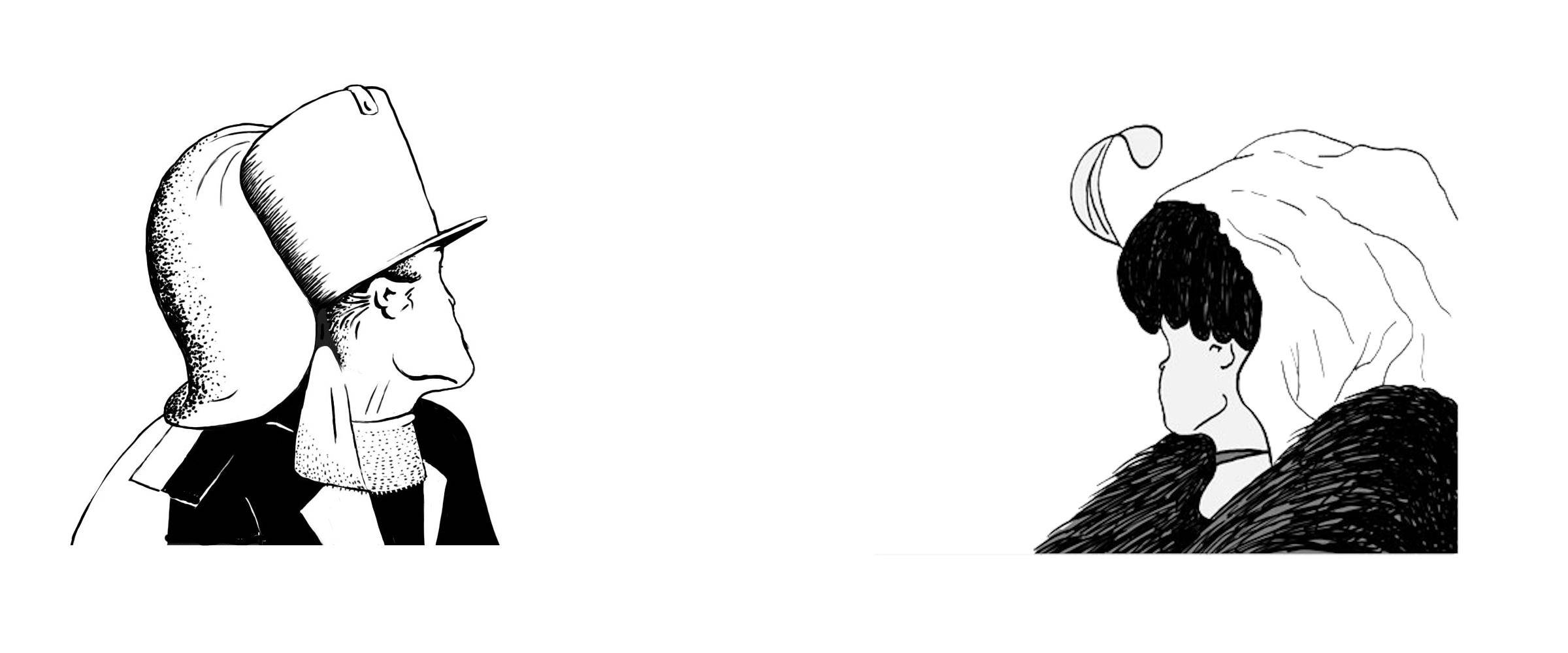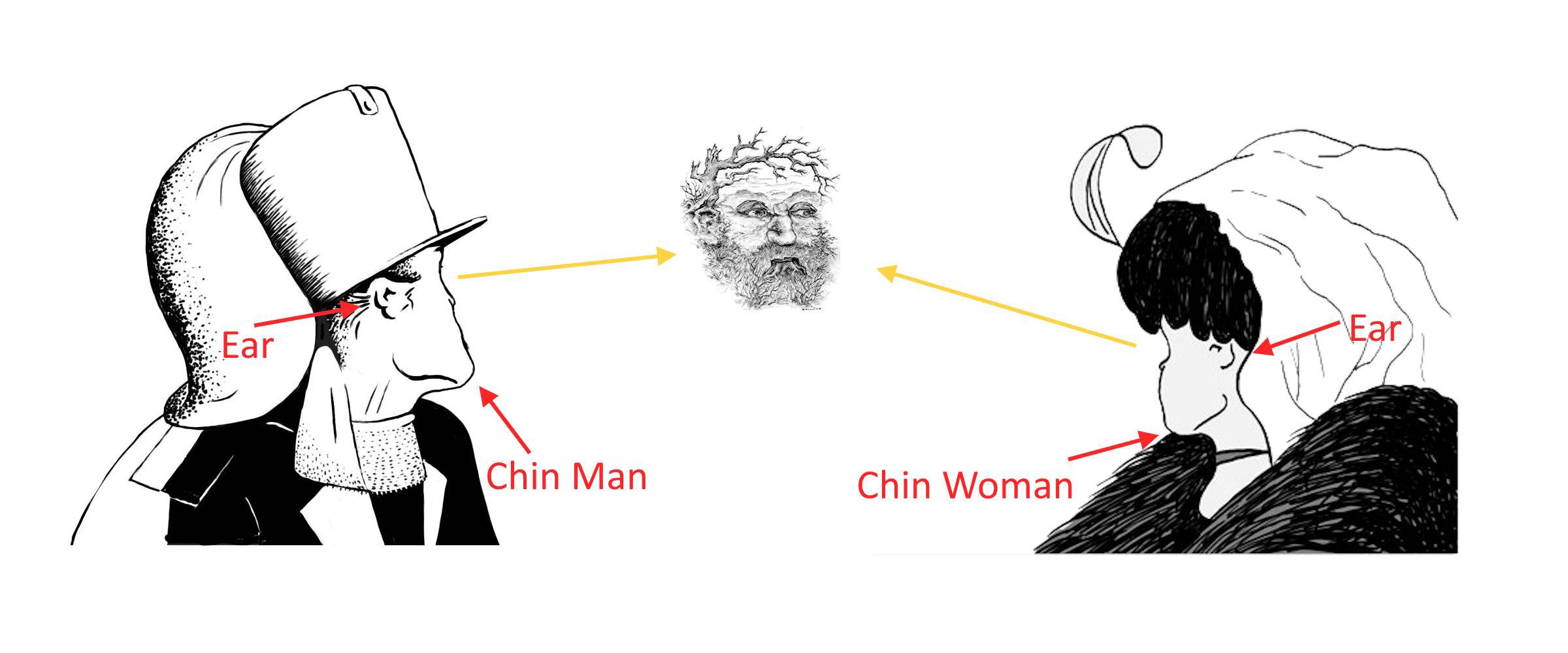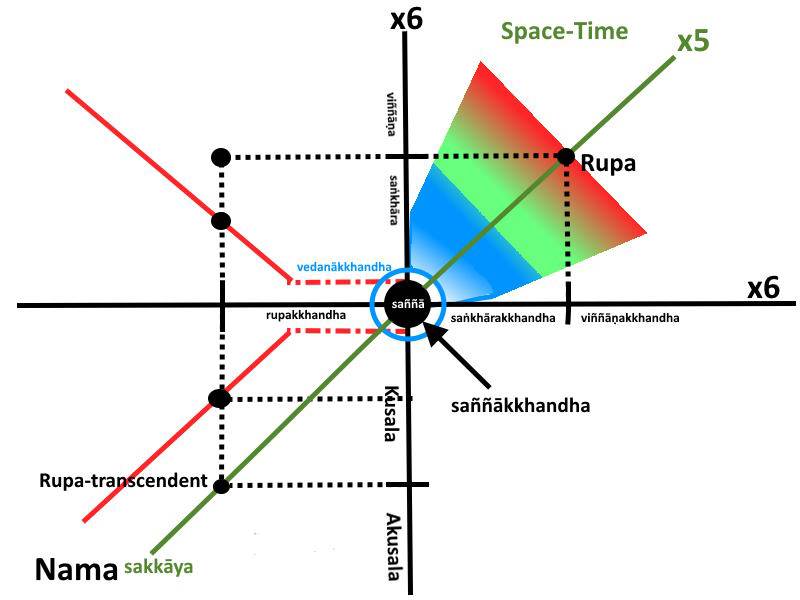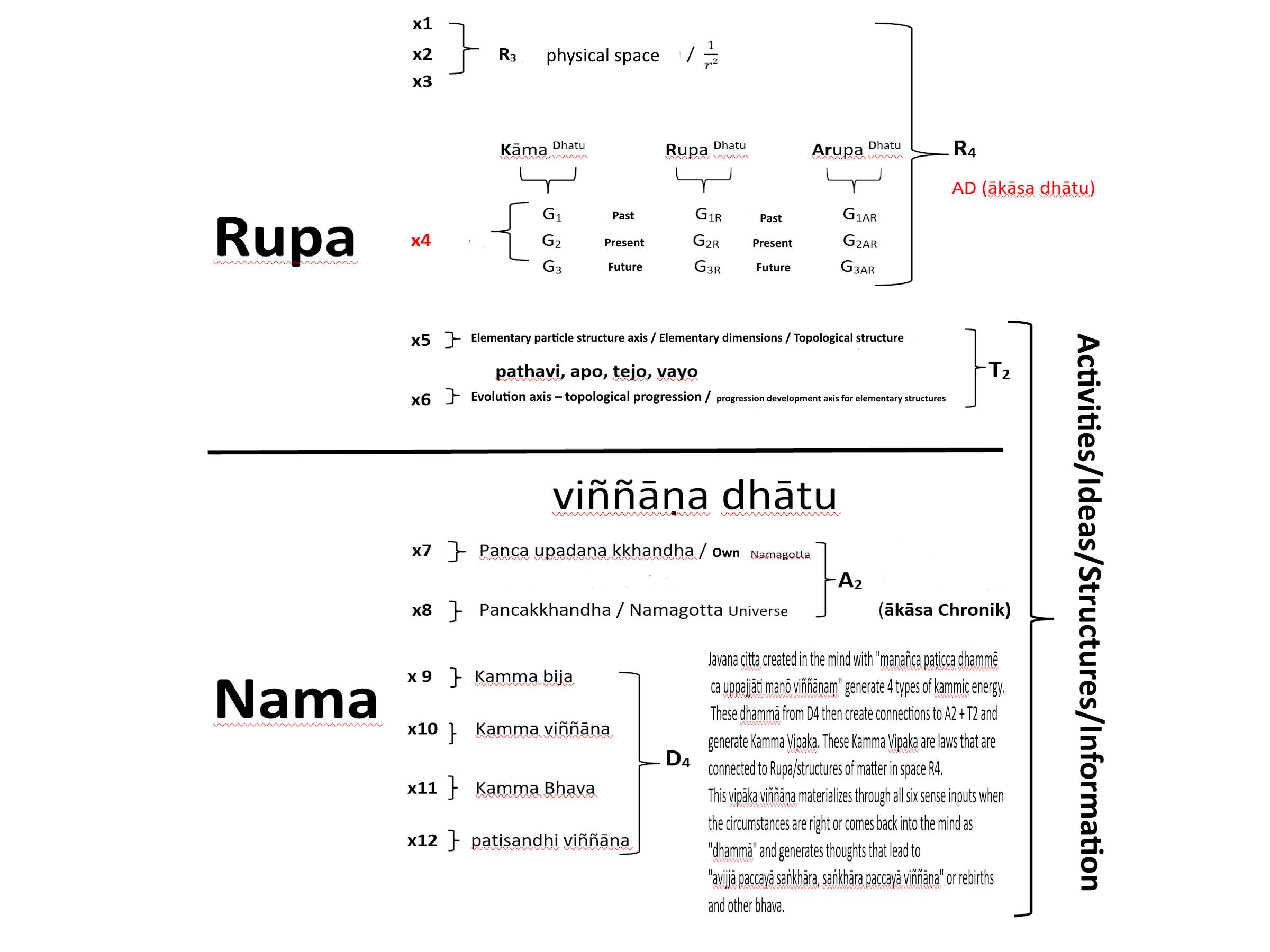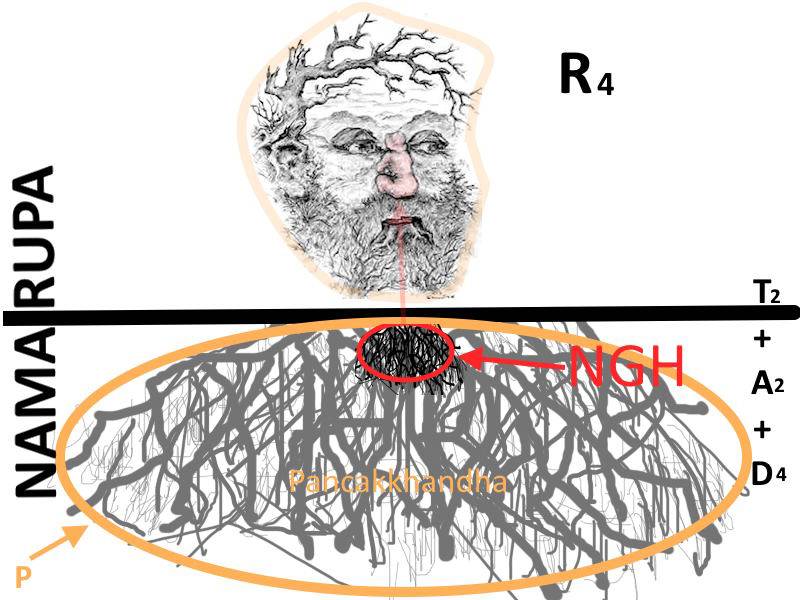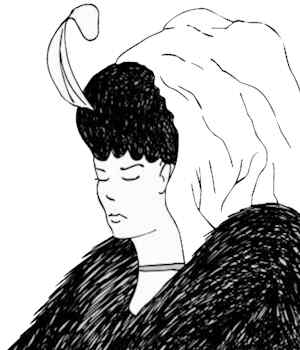- This topic has 3 replies, 2 voices, and was last updated 1 year ago by
Lal.
-
AuthorPosts
-
-
July 7, 2024 at 11:18 am #50698
Tobi-Wan Kenobi
ParticipantMy thoughts on saññā.
Recognizing Saññā for what it really is is based on an unchanging sequence of the five aggregates R, V, S, S, V, which allows the Saññā to rise to consciousness. In order to bring this Saññā into focus in the form of a Rupa/form, a connection to “Gati” of our character is required, which allows this form/rupa to rise from a Nimita to an ārammana. It is a correlation of two electromagnetic fields. This correlation of the field structure of the brain with the field structure of the Gandhabba takes place at the level of the electromagnetic spectrum, on which we can also see the field structure of the aura and this āramanna is then recognized downwards through the “dasaka” layers. This recognition is then compared by the Hadaya Vatthu with the Pancakkhandha structure. Since we are not yet an Arahant, these Pancakkhandha are our own and are therefore called Panca uppadana kkhandha.
If we see two old people here, we have probably formed a “Saññā” through contact with old and young people that recognizes old people. If this is not the case, we could also immediately recognize two young people at first sight.
Choosing the right Saññā depends on a few factors that are not immediately obvious.
Because this Saññā is connected to the āramanna via Gati, Hadaya Vatthu, Vedanakkhandha, sankharakkhandha, Vinnanakkhandha. Which with countless Paṭicca Samuppāda cycles create the Saññākkhandha cluster where our Saññā is embedded in. Rupakkhandha is the cluster in the Nama that is connected to elementary particles. Rupakkhandha are the Transcendent Laws that are connected to Material Forms made up of countless elementary particles and thus Rupa in Rupakkhandha are the Transcendent Mirror Images for the Rupa in Space Time.
When the salient points of the New View are known through “avijjā paccayā saṅkhāra”, the “Saññā” begins to oscillate between the two extremes in a new “IPS cycle” with the “Pancakkhandha” structure until the NEW thought structure or view is established. This change of view with “tanha”, through an “IPS” cycle based on “abhisaṅkhāra” with “upadana”, changes the “Panca upadana kkhandha” structure of one’s Namagotta. But first there must be a reason for a mind and that is “Taṇhā Paccayā Upādāna“ through lōbha (greed), dōsa (hatred or anger) and mōha (no knowledge of the anicca, dukkha, anatta nature of this world.) Next the mind rises to “salāyatana paccayā phassa” and because of this sequence, which is not interchangeable, one should say; “seeing – I”, because only in the next step our Gati is included, that is, the seeming electromagnetic “dasaka“ field structure of our Gandhabba which correlates with the electromagnetic field of the brain in (c) the speed of light.
• The “salāyatana paccayā phassa” combines two steps. To see: “Cakkhuñca paṭicca rūpe ca uppajjāti cakkhu viññāṇaṃ and tiṇṇaṃ saṅgati phasso.” Here, “saṅgati phasso” is “saṅ gati phasso” or “making contact with appropriate gati to accumulate “saṅ”.
• Then the mind quickly goes through the steps of “(saṅ)phassa paccayā vēdanā” (rhymes as “samphassa”) and “vēdanā paccayā taṇhā” to end up at “taṇhā” or “attachment to that ārammana” in a split second! We CANNOT stop these steps. They are automatic. They can take place as long as we have “gati that we can attach to that kind of ārammana”.
The step “vēdanā paccayā taṇhā” establishes feelings in the thought structure about that object, which are also associated with the mental stage. Image Saññā Thought…
The following 12-dimensional picture of the can also be simplified to 6 dimensions if you transfer x7 to x12 as totalities of matter to the x5 axis, which receives a topological, morphological progression through x6. These two x5 + x6 are a semantic group and that means that one cannot exist without the other, they always work together, always appear together.
This saññā is integrated into a citta. […] “A single citta NEVER arises by itself. It arises in a series of citta or citta vithi. […]”. It is an ascending process of consciousness to enable the electromagnetic-like field structures (from the brain via Gandhabba to the Hadaya Vatthu/Entity Mind) to exchange information through correlation with our “Panca upadana kkhandha” structure. Vedana acts as a connecting factor here, through feelings. A distinction can be made between two feelings, namely physical or mental in nature, whereby the mental ones can also generate physical feelings to a limited extent.
NGH= Namagotta Human
P= Entire Pancakkhandha Structure Universe
R4 = Rupa Loka
T2+A2+D4 = Ideas/Structures/Thoughts/Activities/InformationThis” saññā” is actually a recognizable process, downwards through the structural levels, which is already incorporated into the human body. This incorporation is a catalytic process that is connected to the formation of Mount Meru.This catalytic process of devolution, of Mount Meru/Sineru, has its counterpart in the reverse catalytic process of the cell, in the hydrothermal white spring/vents Upward. We can imagine it like this; We start at the top of Mount Meru as an almost pure being. Comparable to a snowball that we roll down the mountain. On the way down we absorb more and more material. We contaminate and accumulate mass. The snowball grows and accumulates an internal structure. This accumulation is shown to modern science in the form as convergence points, of the field structures.
One could now say that we only see points on the image that are put together to form an image by the entity Mind through the creation of Namarupa.
“saññā”
This would be the view of an Arahant with the universal saññā…
-
July 7, 2024 at 2:13 pm #50710
Lal
KeymasterThe first two pictures of Tobi provide good examples of how the same picture can lead to two different saññā.
- Labeling in the second set makes it easier to “see” (i.e., provide the saññā) of a young man and a young woman.
- Now, replace the two labels “ear” and “chin” with “eye” and “nose.” Then you can “see” an old man and an old woman.
I have seen the “young/old woman” picture in a book. I don’t remember the name of the book.
1 user thanked author for this post.
-
July 7, 2024 at 4:01 pm #50747
Tobi-Wan Kenobi
ParticipantHello Lal,<br /><br />
I got the pictures from the web, sorry, so I can’t help you with the book title at the moment.<br /><br />
The two pictures “young/old woman” also help with understanding “Ditthis”. Because Ditthis contain several Sanna/pictures that are integrated in a temporal sequence. In order to cultivate samma Ditthis, I believe we have to achieve “samadhi” without any distraction, because otherwise we cultivate this distraction with. This cultivated addition is not immediately apparent but is usually noticeable in the form of “vedana” feelings that raise the “entity mind”.<br /><br />
Every “Sanna” or “citta”, which represents the “Sanna”, is in my opinion connected to a certain level of the mind. It is a highly complex structure of a thought that flows continuously. <br /><br />
So wandering, with mindfulness on the moment and Bhavana always without any distraction in order to keep the thought as free of distractions as possible in Samadhi.<br /><br />
This should also be conveyed with the images, I wanted to keep the text as short as possible.P.S. “Ditthis” are of course also related to Gati, asava, Anusaya etc., but here me are only concerned with cultivation, i.e. in relation to Satipatthana…
As your Lay online student, I thank you for the many translations/reports/corrections and remain with great respect. Tobi
-
July 7, 2024 at 4:43 pm #50755
Lal
KeymasterYes. Saññā can be of many types.
- Some (kāma saññā) can lead to “defiled actions, speech, and thoughts” or “kamma accumulation” that can bring their vipaka in the future.
- However, some saññā depend on our viewing angle (like in the case of your pictures), and they do not necessarily lead to kamma accumulation. Of course, such confusion can be a hindrance to “samadhi.”
-
-
AuthorPosts
- You must be logged in to reply to this topic.

